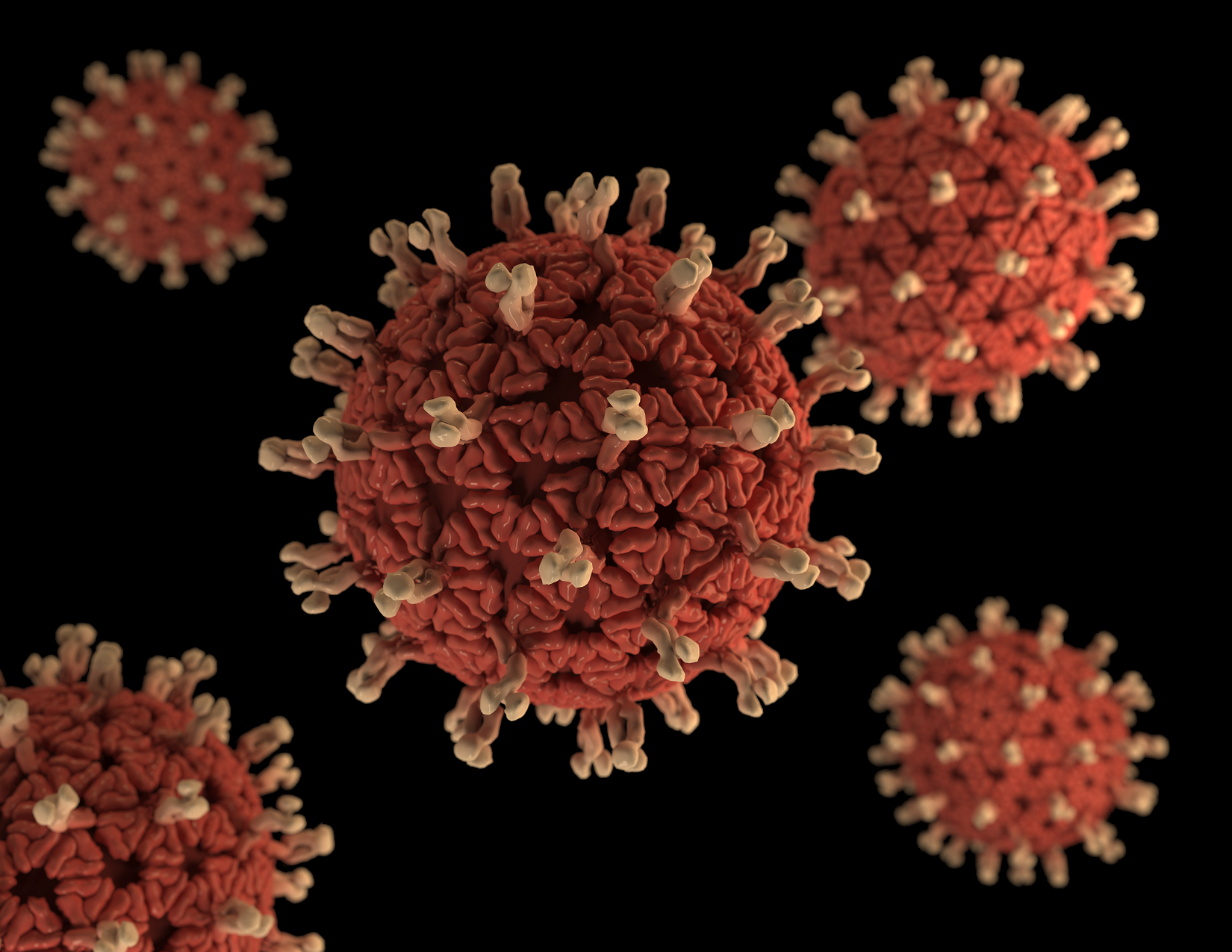Type of injury matters, when healing the small intestine
New insights into how the small intestine, one of the fastest renewing tissues in the human body, repairs itself are prompting the re-evaluation of the healing process. In her lab at Baylor College of Medicine, Dr. Mary Estes and colleagues are particularly interested in the healing of intestinal injuries caused by rotavirus infection. Their findings have led them to propose that, contrary to the current thinking, how the intestine repairs itself seems to depend on the type of damage. They found that triggers that were previously thought to be unimportant are actually essential for repairing virus-caused injury.

“When we began this project, most studies in the field focused either on the normal turnover of the small intestine or on the repair of damage caused by radiation, for example,” said first author Winnie Zou, a student in the Medical Scientist Training Program (M.D./Ph.D.) in Estes lab. “We studied a different damage model, damage caused by rotavirus, a common small intestinal viral infection that affects young children.”

Repair and turnover of the epithelium, the most external cellular layer of the small intestine responsible for absorption of nutrients and other functions, depend on the intestinal stem cells, regardless of the cause of the damage. There are two types of intestinal stem cells: CBCs (crypt-based columnar cells) and reserve intestinal stem cells. Until now, researchers only had studied injuries to the highly proliferative CBCs. When these stem cells are destroyed, the reserve intestinal stem cells respond to restore the damage. The response to injury caused by rotavirus, however, is different.
“Rotavirus is an infection and has a very specific damage pattern,” Zou said. “The virus specifically infects epithelial cells, but not the stem cells. Because the stem cells are intact, we wanted to investigate the type of repair response that would restore the epithelium destroyed by the virus.”
“Nobody had looked at this situation before,” said Estes, Cullen Foundation Endowed Professor Chair of Human and Molecular Virology in molecular virology and microbiology at Baylor College of Medicine and emeritus founding director of the Texas Medical Center Digestive Diseases Center. “This is the first study of mammalian intestinal epithelial cell injury in which the stem cells are not damaged.”
Two unexpected findings
“Our first finding refers to the type of stem cell involved in the repair of the epithelial cells damaged by the virus,” said Zou. “Previous studies had shown that when CBC stem cells are damaged, the reserve stem cells come to their rescue leading the reconstitution of the damaged epithelium. When rotavirus damages the epithelium, but not the stem cells, we found that the CBCs, not the reserve stem cells, are the primary cell type involved in the restoration of the intestinal epithelium.”

“Until now, CBCs were not considered important for the repair of intestinal epithelium, but our results show that they are crucial for injury repair after rotavirus-induced epithelial cell damage, in contrast to previous studies supporting the reserve intestinal stem cells as the cell type involved in epithelial restitution,” said Estes, who also is a member of the Dan L Duncan Comprehensive Cancer Center and holds a joint appointment in gastroenterology and hepatology at Baylor College of Medicine.
The second unexpected finding refers to the source of the signaling molecules – called WNTs – that trigger the growth and activation of stem cells leading to injury repair. Scientists have described two sources of WNT molecules, epithelial cells and mesenchymal cells. Until now, research has considered the mesenchymal and the epithelial WNT to be redundant and not essential on their own.
“We found that the epithelial WNT molecules were essential to signal the stem cells to repair the damage caused by rotavirus infection,” said Zou.
This was the biggest surprise. The predominant idea in the field is that the epithelial WNTs have no specific function, and here we found the first model indicating that in some cases epithelial WNTs do have a specific function,” Estes said.
“We show that epithelial and mesenchymal WNTs are not interchangeable, as it was thought before,” Estes said. “I think this finding will be exciting for intestinal stem cell researchers. Now, we are exploring what the infection is doing that triggers WNT production in the epithelium.”
Read all the details of this study in the journal Cell Reports.
Other contributors to this study include Sarah E. Blutt, Xi-Lei Zeng, Min-Shan Chen, Yuan-Hung Lo, David Castillo-Azofeifa, Ophir D. Klein, Noah F. Shroyer and Mark Donowitz. The contributors are affiliated with one of the following institutions: Baylor College of Medicine, Johns Hopkins University School of Medicine and the University of California, San Francisco.
This work was funded by the National Institutes of Health (NIH) through grants U01 DK103168, U01DK103168-03S1, U01 DK103168-02S1 and F30 DK107173. This project was also supported by the Cellular and Molecular Morphology Core of the Texas Medical Center Digestive Disease Center (funded by NIH P30DK056338), and the Advanced Technology Core Laboratories at Baylor College of Medicine, including the Cytometry and Cell Sorting Core (funded by NIH NIAID P30AI036211, NCI P30CA125123, and NCRR S10RR024574), the Pathology and Histology Core (funded by NCI P30CA125123), and the Integrated Microscopy Core (funded by NIH DK56338 and CA125123, CPRIT RP150578, the Dan L. Duncan Comprehensive Cancer Center and the John S. Dunn Gulf Coast Consortium for Chemical Genomics).



